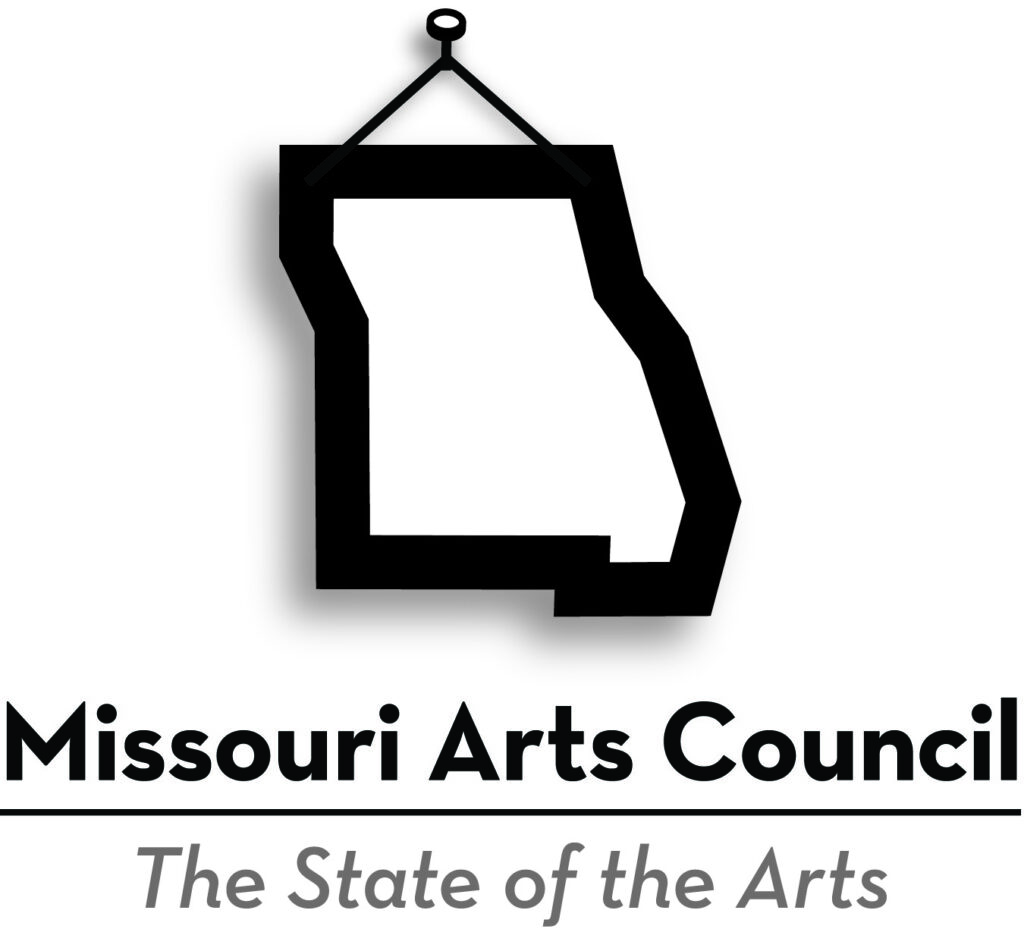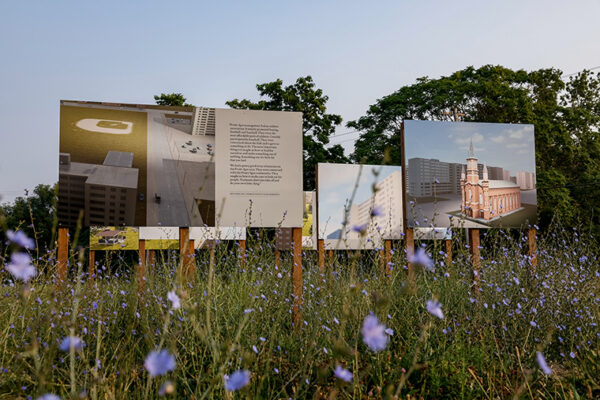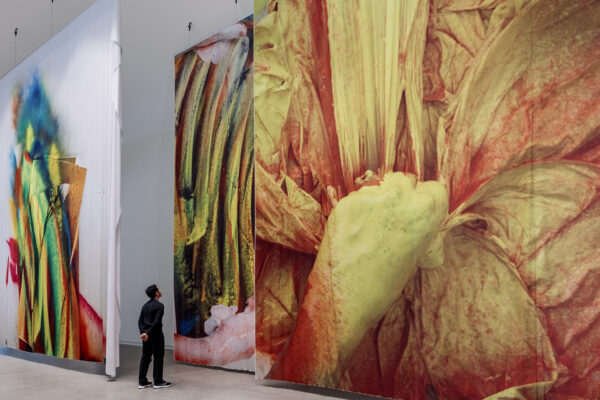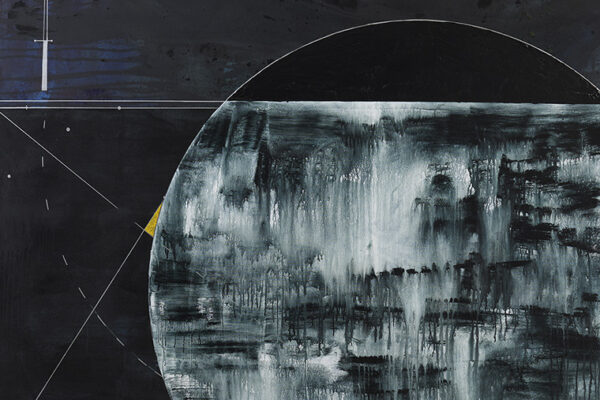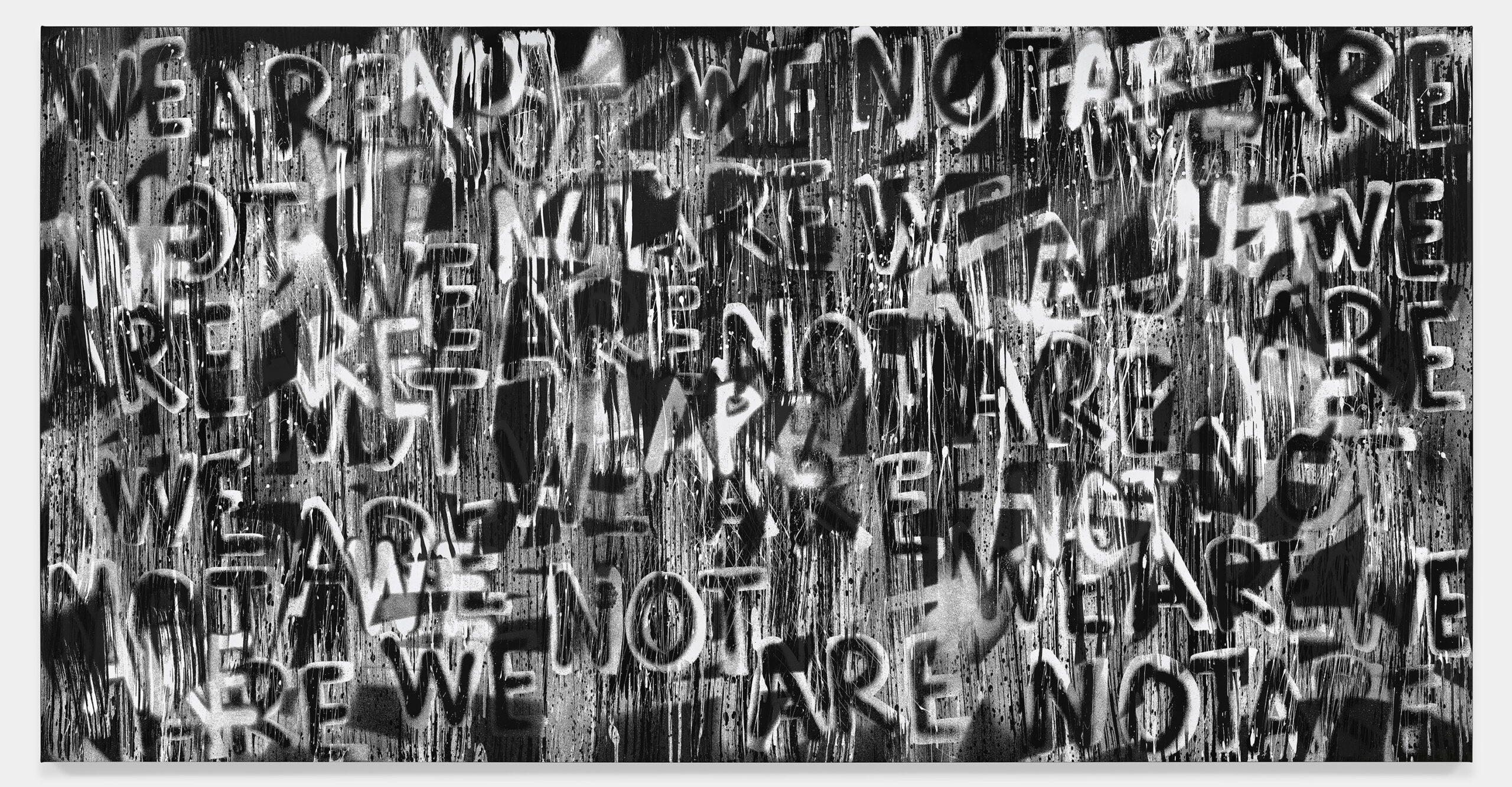
The Mildred Lane Kemper Art Museum at Washington University in St. Louis presents “Adam Pendleton: To Divide By,” a major solo exhibition that spans the past five years of the renowned artist’s work, with a marked emphasis on abstract composition. Encompassing all of the museum’s special exhibition galleries, “To Divide By” includes new paintings, drawings and ceramics, as well as two recent film portraits. The exhibition will be on view at the Kemper Art Museum from Sept. 22 through Jan. 15.
For Pendleton, abstraction is a means of representation, a logic, and a space for theoretical and visual experimentation. “By working in and through abstraction,” noted Meredith Malone, curator at the Kemper Art Museum, who organized “To Divide By” in collaboration with the artist, “Pendleton calls for a more capacious, chaotic and fluid space, one capable of producing radically new expectations and outcomes, not only for himself but also for the viewer.”
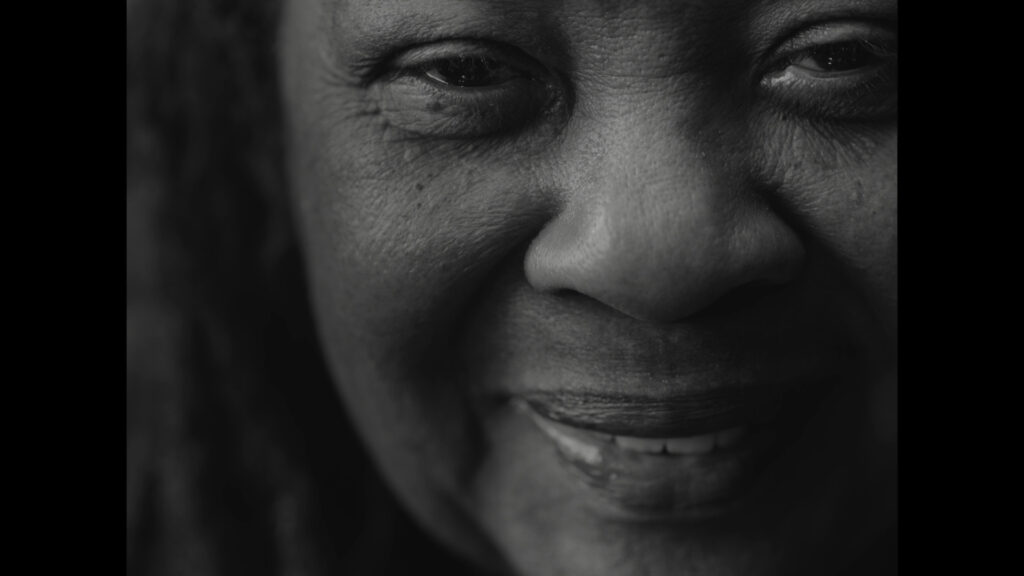
What is your name?
Since 2008, Pendleton has approached much of his work through the framework of Black Dada, an evolving inquiry into the relationships among Blackness, abstraction and the legacy of the avant-garde in the present day. In addition to visual art, he has published three anthologies of historical texts by artists, writers and theorists, beginning with his “Black Dada Reader” (2017). Each anthology is a virtual conversation, spanning decades and disciplines, that offers a critical tool kit while laying the conceptual foundation for Pendleton’s work.
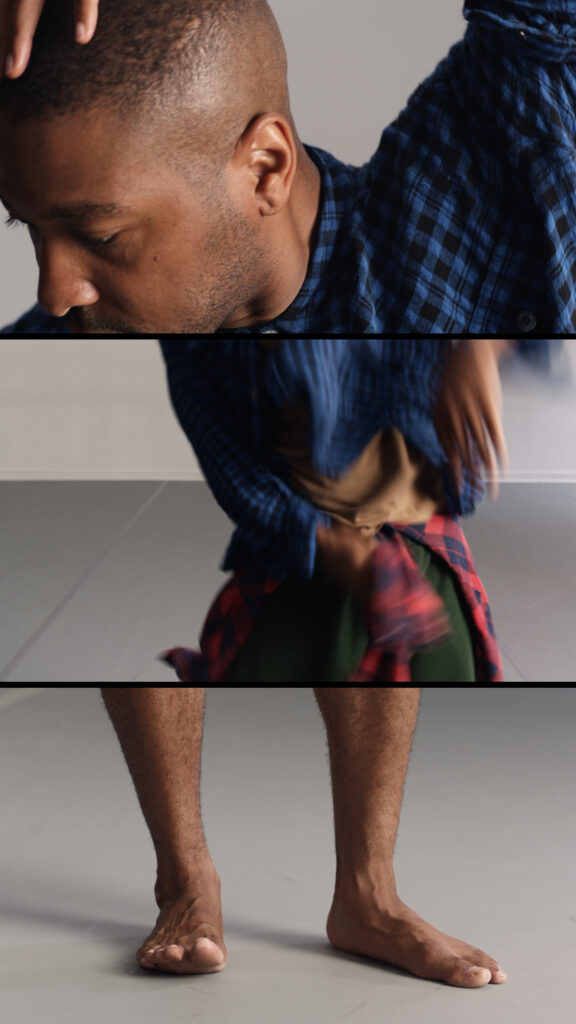
Black Dada’s ethic of intellectual exchange is reflected in a pair of films that anchor the exhibition. “Ruby Nell Sales” (2020–22), first exhibited in the 2022 Whitney Biennial, engages the famed public theologian and civil rights activist in a wide-ranging yet intimate discussion, exploring her life and the people she loves. In “What Is Your Name? Kyle Abraham: A Portrait” (2018–19), the acclaimed choreographer dances for the camera, his movements shifting fluidly between styles as he responds to Pendleton’s probing and increasingly abstract questions: “What is your name?” “Where are you from?” “Is it heavy?” “Do you have to carry it far?”
“What Is Your Name” also features Pendleton’s poem-like text “divide by,” from which the exhibition’s title is derived. Evoking different modes of action and articulation, including the language of civil disobedience — “to stand up,” “to sit down,” “to divide,” “to protest,” “to express,” “to assemble,” “to break up,” “to love” — the text captures the radical aspirations, and inherent instabilities, of collective movement.
“What Is Your Name” is projected inside a massive vertical screening room. Painted matte black, this minimalist structure punctuates the institutional white-cube setting of the museum. “As an artist, I’m interested in the modes and mechanisms that I can use,” Pendleton observed in the accompanying catalog. “What’s at my disposal? Painting is at my disposal. Drawing is at my disposal. Sculpture is at my disposal. And then the container of the exhibition is at my disposal as well.” The stark coincidence of black and white here is one of the recurring features of Pendleton’s work, with blackness operating as an open-ended signifier (color, idea, identity, method) that pervades all dimensions of his practice.
The film is juxtaposed with a floor-to-ceiling grid of 50 drawings titled “Visual Anthology #1” (2022–23). Spray-painted marks and scraps of language — “Hey Mama Hey,” “Come Down Through,” “Bold Move” — are intermixed with geometric forms and scored hatch lines resembling writing. The resulting works, on clear Mylar film, hover between transparency and opacity, clarity and obfuscation.
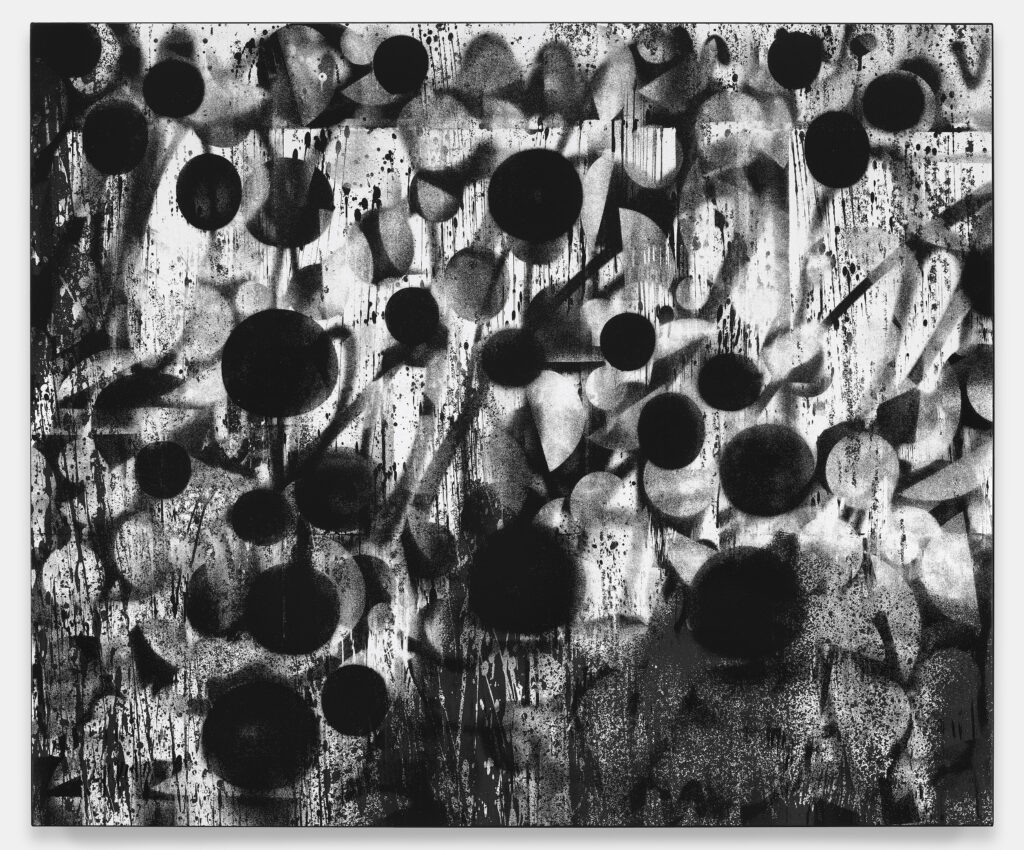
Geometries of attention
Pendleton’s paintings line the walls of the Barney A. Ebsworth Gallery, including four recent canvases from his body of work “Untitled (We Are Not)” (2019–present). Each of these monumental paintings is composed of words, drips, sprays and splatters, blurring the line between language and abstraction as well as between disciplines of artistic practice, including writing, drawing, painting and photography. These richly layered works evoke the urgency of graffiti but reflect a highly deliberative artistic process. Their accumulated gestures and partial declarations envelop the viewer while resisting stable interpretation.
In a new body of work, the “Untitled (Days)” paintings (2020–present), Pendleton incorporated residual marks from sheets of paper pinned to his studio walls, along with stenciled shapes and occasional fragments of spray-painted letters and words, creating an intimate index of his painting process. Also on view are five “Black Dada” drawings (2010–present), which recombine similar visual elements with shocks of saturated color.
‘System of Display‘
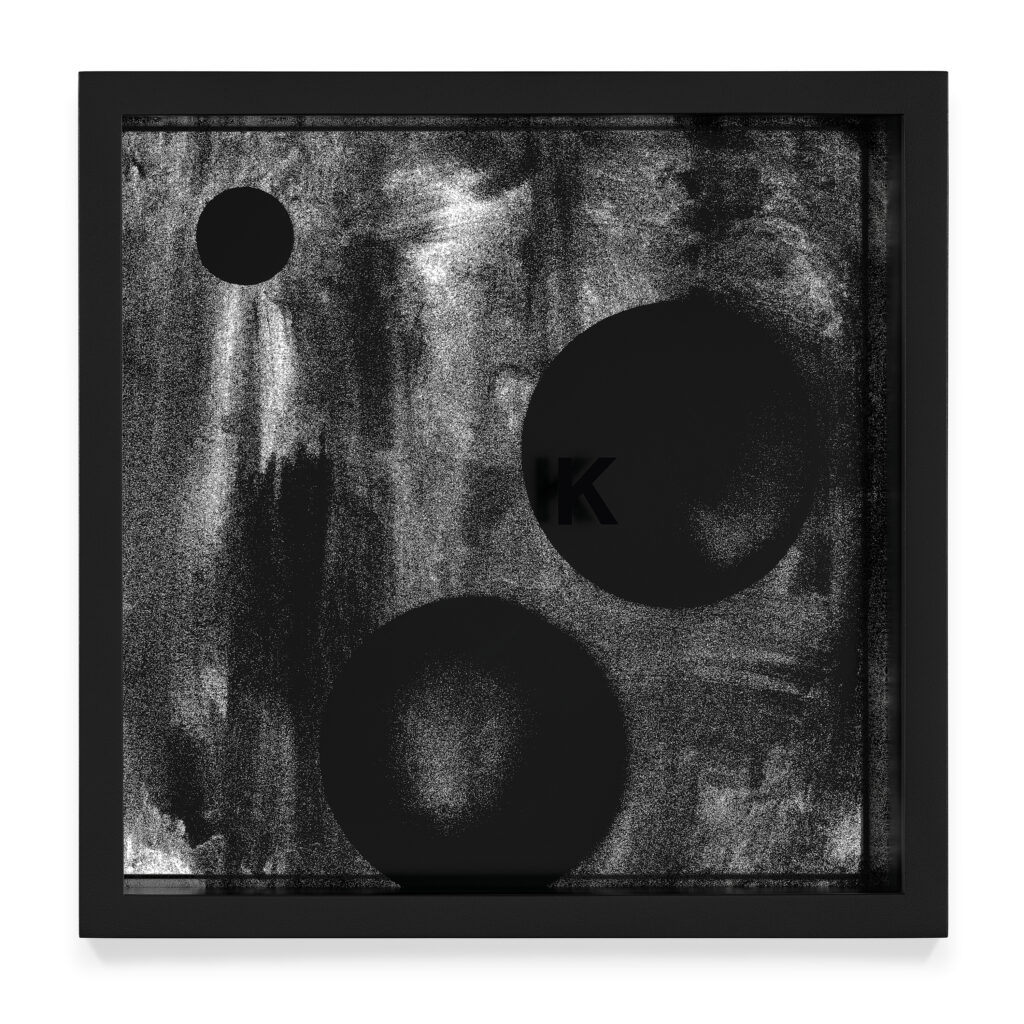
Rounding out the exhibition are three bodies of smaller-scaled works: the artist’s “System of Display” compositions on mirror and plexiglass (2008–present); a new group of drawings on paper, “Untitled (days for drawing)” (2022–present); and a group of untitled ceramic paintings. Arrayed on a wall in the museum’s Saligman Family Atrium, these works present a multimodal approach to abstraction. With a shared lexicon of geometric shapes expressed through different articulations — silk-screen ink on mirror, oil and spray paint on paper, and glaze on ceramic — these works encapsulate the exhibition’s polyvocal logic.
Multiplying and fragmenting the viewer’s own perspective, the reflective aspects of the “System of Display” works and the ceramics works bring the external world into the frame. Taken together, they reaffirm the centrality of abstraction in Pendleton’s artistic practice while advancing his investigation into how visual ideas exist in the world, specifically the structures they can create and inhabit.
Catalog
A fully illustrated catalog, Pendleton’s most ambitious to date, will accompany the exhibition. It features essays by Malone and scholars Hal Foster and Joshua Chambers-Letson; a conversation between Pendleton and critic Isabelle Graw; and, presented for the first time, complete transcripts of the two film portraits. Published by the Kemper Art Museum, the catalog will be distributed nationally and internationally by the University of Chicago Press.
About the artist
Born in Richmond, Va., in 1984, Pendleton completed the Artspace Independent Study Program in Pietrasanta, Italy, in 2002. His work has been featured at major museums and galleries around the world, including solo exhibitions at the Baltimore Museum of Art; Le Consortium, Dijon, France; Indianapolis Museum of Contemporary Art; Isabella Stewart Gardner Museum, Boston; KW Institute for Contemporary Art, Berlin; Museum of Contemporary Art Cleveland; and Museum of Contemporary Art Denver, among others.
Recent exhibitions and installations include “Adam Pendleton: Blackness, White and Light” (2023–24) at the Museum Moderner Kunst Stiftung Ludwig Wien, Vienna; “Whitney Biennial: Quiet as It’s Kept” (2022) at the Whitney Museum of American Art, New York; “Adam Pendleton: These Things We’ve Done Together” (2021–22) at the Montreal Museum of Fine Arts; and “Adam Pendleton: Who is Queen?” (2021–22) at the Museum of Modern Art, New York.
Pendleton’s work is part of numerous public and private collections, including the Carnegie Museum of Art, Pittsburgh; the Solomon R. Guggenheim Museum, New York; the Museum of Contemporary Art Chicago; the Museum of Contemporary Art San Diego; the Museum of Modern Art, New York; the Studio Museum in Harlem, New York; Tate, London; and the Mildred Lane Kemper Art Museum.
Past publications include “As Heavy as Sculpture” (2021), “Pasts, Futures, and Aftermaths: Revisiting the Black Dada Reader” (2021), “Who Is Queen? A Reader” (2021), “Elements of Me” (2020), and “Black Dada Reader” (2017), among many others. In 2020, Pendleton founded DABA, a small press for books on art, experimental writing and visual poetry. He lives and works in New York.
Visitor information
“Adam Pendleton: To Divide By” will open at the Kemper Art Museum Friday, Sept. 22. The opening events will begin with a Q&A with the artist, followed by a public reception. The exhibition will remain on view through Jan. 15.
The Kemper Art Museum is located on WashU’s Danforth Campus, near the intersection of Skinker and Lindell boulevards. Visitor parking is available in the university’s east end garage.
Regular hours are 11 a.m. to 5 p.m. Mondays and Wednesdays through Sundays. The museum is closed Tuesdays. For more information, call 314-935-4523 or visit kemperartmuseum.wustl.edu. Follow the museum on Facebook, Instagram and Twitter.
Support
“Adam Pendleton: To Divide By” is made possible by the leadership support of the William T. Kemper Foundation. Major support is provided by Sotheby’s.
All exhibitions at the Mildred Lane Kemper Art Museum are supported by members of the Director’s Circle, with major annual support provided by Emily and Teddy Greenspan and additional generous annual support from Michael Forman and Jennifer Rice, Julie Kemper Foyer, Joanne Gold and Andrew Stern, Ron and Pamela Mass, and Kim and Bruce Olson.
Further support is provided by the Missouri Arts Council, a state agency; the Hortense Lewin Art Fund; the Ken and Nancy Kranzberg Fund; and members of the Mildred Lane Kemper Art Museum.
